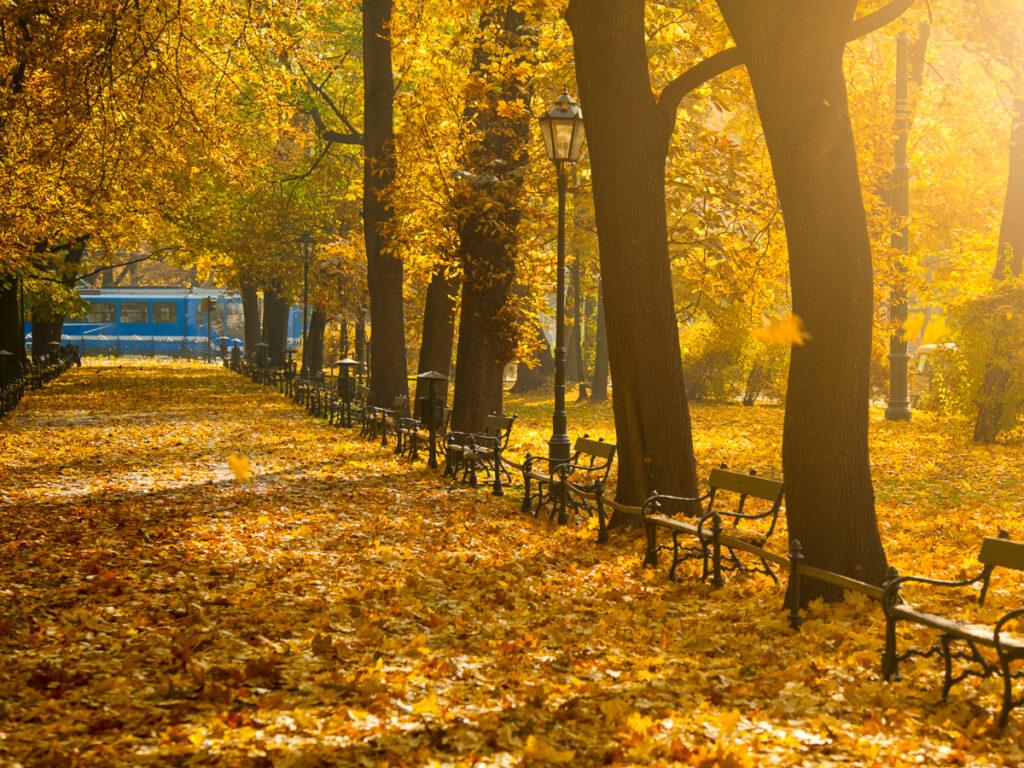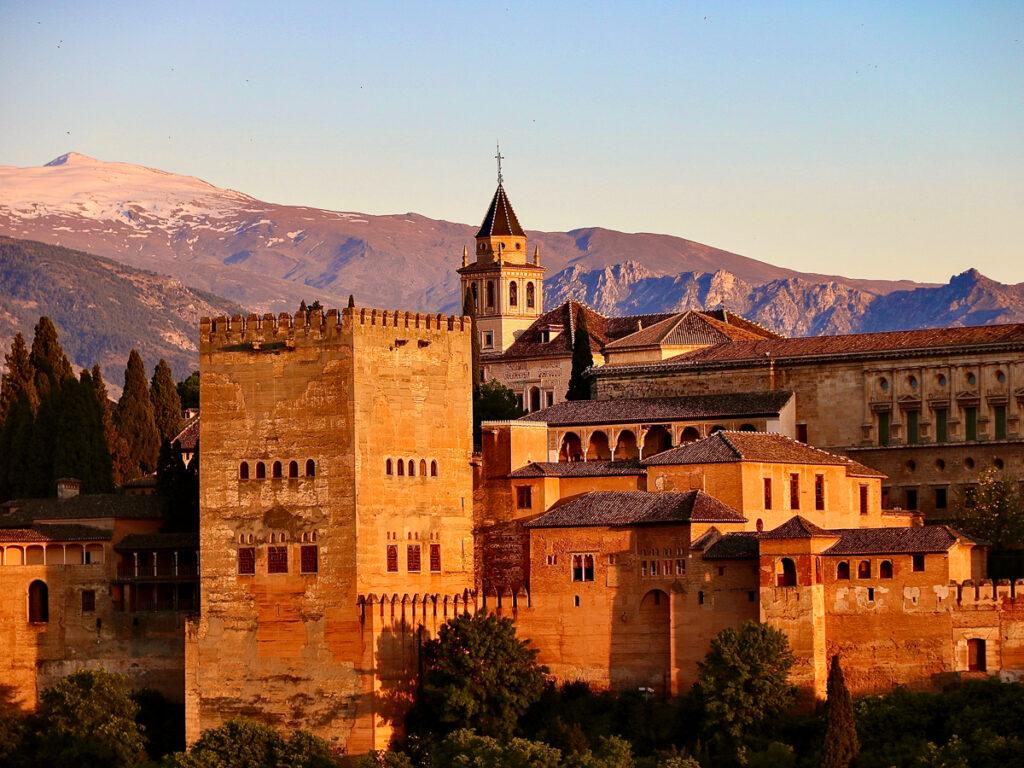Top autumn destinations in Europe
In autumn the days get shorter and the nights get longer, the temperature drops and the rains come. Saying goodbye to summer often comes with mood swings, so here are some European cities where you can enjoy the best autumn colours.
Lisbon
The capital of Portugal is one of the most beautiful cities in Europe, and in Autumn, it gets a special glow that makes it simply breathtaking. The weather gets perfect for sightseeing while still wearing a t-shirt and shorts, and the sunsets seen from one of many viewpoints are more than enough to make you fall in love.
Lyon
Paris is, of course, beautiful, but there is something very special about Lyon, especially in the fall. One of the largest cities in France, it has a certain charm, often uncommon for big cities. The historical part of the city was enlisted as the UNESCO World Heritage Site, and it earned that title. You will be blown away by the view of the city when the autumn sun touches the roofs of the buildings.
Kraków
Once the capital, now the country’s cultural centre, this wonderful Polish city is simply perfect for an autumn trip. The castle, the riverside, and the parks make for the most beautiful scenery, and with trees changing colours, it is a view to remember. After all, Poles do call it the “Golden Polish Autumn”!
Granada
Everyone knows Granada, a perfectly preserved monumental city where the Arab imprint of al-Andalus can be seen. It is full of sand-coloured buildings that look like magic in the autumn sun. And just wait until you see the Alhambra, with mountains in the distance and orange and red trees around it, you will never forget such a view!
Edinburgh
We couldn’t make this list and not include Scotland. We would actually recommend you to go on a tour around the country, but since we’re focusing on the cities, we chose Edinburgh. This gorgeous, slightly mysterious city will enchant you, and the area around the city, with cliffs, castles and hills, especially in Autumn, will make you never want to leave.
Dubrovnik
Last, but definitely not least, we wanted to add even more sun to our list! Dubrovnik is beautiful all year round, but Autumn is probably the best time to visit this wonderful city. It is one of the best European coastal cities along the Adriatic Coast. Autumn is the time when it is still wonderfully warm, but without hundreds of tourists on every step so that you can calmly enjoy the scenery where the ocean meets the mountains.
Do you love to travel? With 11Onze Viatges you can book accommodation at the best price, without stifling the travel industry.
It was at the end of the 11th century that feudalism finally took hold. The feudal lords, nobles or members of the Church, would force the peasants to hand over a surplus on their work, emasculating their freedoms and forcing a large part of the population into debt. Oriol Garcia Farré, 11Onze agent and historian, explains it to us.
It was a political, economic, legal and social system established during the Middle Ages throughout the European continent. The kingdoms were divided into small territories that had a certain degree of independence, which were administered by the new feudal lords, lay and ecclesiastical, who provided ‘protection’ to the peasants attached to the land, in exchange for tribute and labour.
At least this was the official rhetoric, as Garcia explains, “most of the existing documentation on the process of feudalisation only explains what the lords or the ecclesiastics were interested in documenting“, and he continues, “bear in mind that in this documentation broad sectors of society, such as the peasants, will be left out”.
The obligation to generate a surplus
With the imposition of feudalism, agricultural and livestock production became the mainstay of the economy. The systematic exploitation of the peasants through the collection of taxes, without which “it would never have been possible to build castles, towers, monasteries, or Romanesque gateways”, Garcia points out, gave way to the need to “demand and bind new lands for farming”.
Thus, there was an intensification of agriculture spurred on by the coercion of the feudal lords exercised over the communities of free peasants, “who throughout this process of feudalisation were forced to abandon their subsistence economy, with the sole aim of generating a surplus”, says Garcia.
11Onze is the community fintech of Catalonia. Open an account by downloading the app El Canut for Android or iOS and join the revolution!














